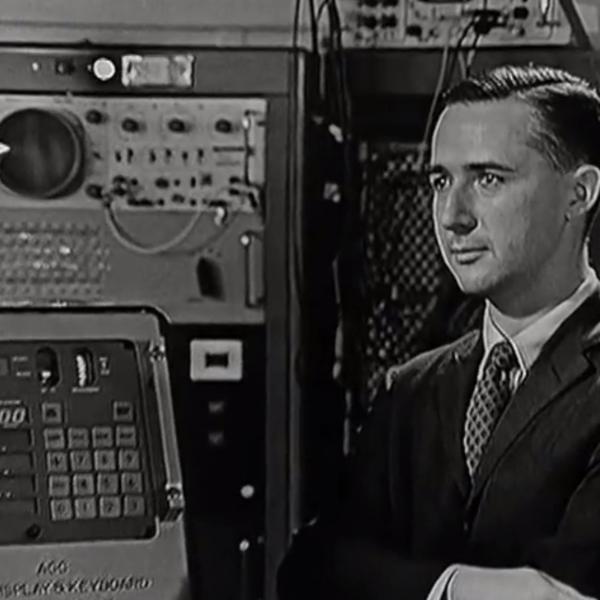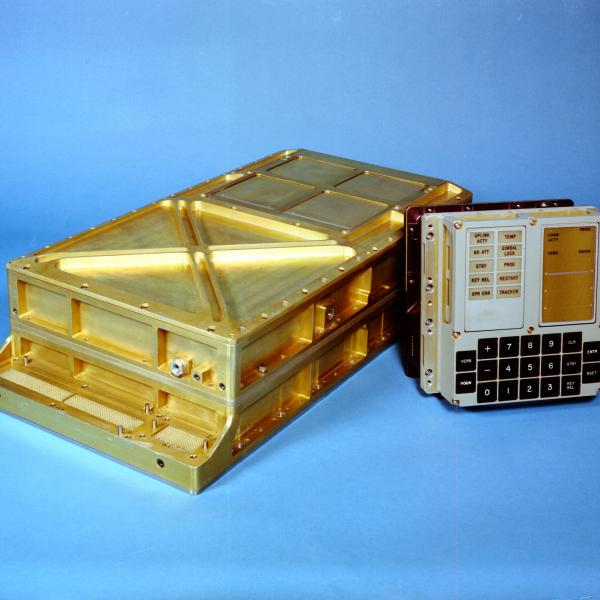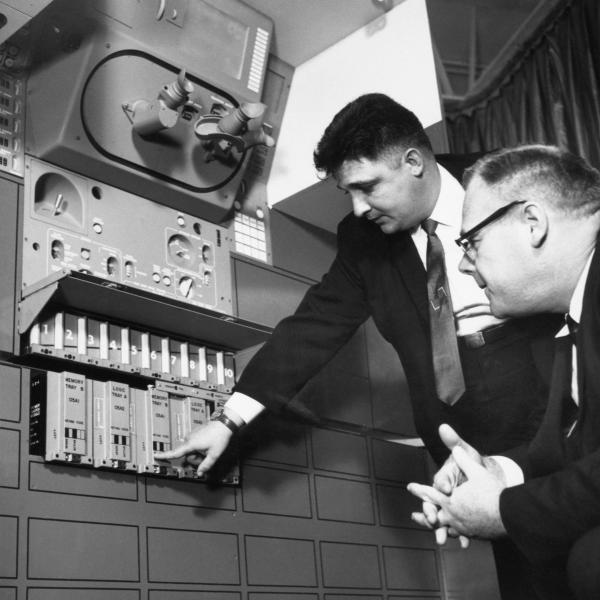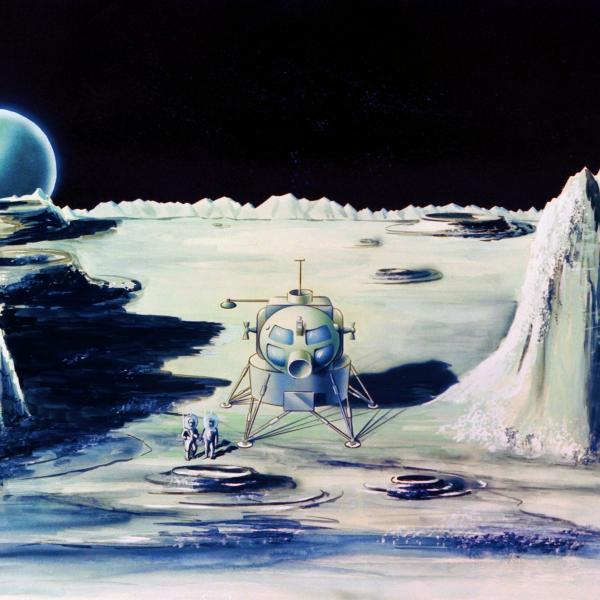Ramon Alonso
Ramon Alonso worked in computer science and engineering. He joined the MIT Instrumentation Lab (IL) to work on the Mars probe after working in Harvard’s Computation Laboratory.
Before working on the Apollo missions, MIT’s Instrumentation Laboratory was engaged in a project to send a small spacecraft to Mars. Hal Laning and Alonso thought the project needed a computer that consumed virtually no power for the months it took for a craft to get there. Once there, it needed to wake up and work. Alonso’s memory is that he read how someone in Australia had proposed a “rope” memory. It worked by passing the Ones thru the core, the Zeroes around it. The cores had a magnetic material (called Molly Permalloy) wound around ceramic bobbin. An early read only memory (ROM).
When Apollo came, they could not think of an alternative. The rope memory had a density many times that of any other memory technology available, and kept its memory with the power off. With the decision to go with a rope memory, there were many dismayed comments, such as “you mean we can’t change the code on the launch pad?” The discipline this imposed on the software contributed to the astounding quality of the flight software.
Alonso also helped design the logic for the computer that was only allowed a one cubic foot space on the Apollo missions and he was behind the design of the display keyboard, or DSKY. Originally a prototype example, the DSKY became the standard interface for the Command and Lunar Module keypads; big enough for the astronaut crews to navigate and simple to use.
After Apollo, Alonso left the Instrumentation Lab to help form Adar Associates, but later returned to the Instrument Laboratory, now Draper, before retiring. After a successful career designing all sorts of equipment and software, Alonso and Cline Frasier finished their careers working together as management and systems consultants.



